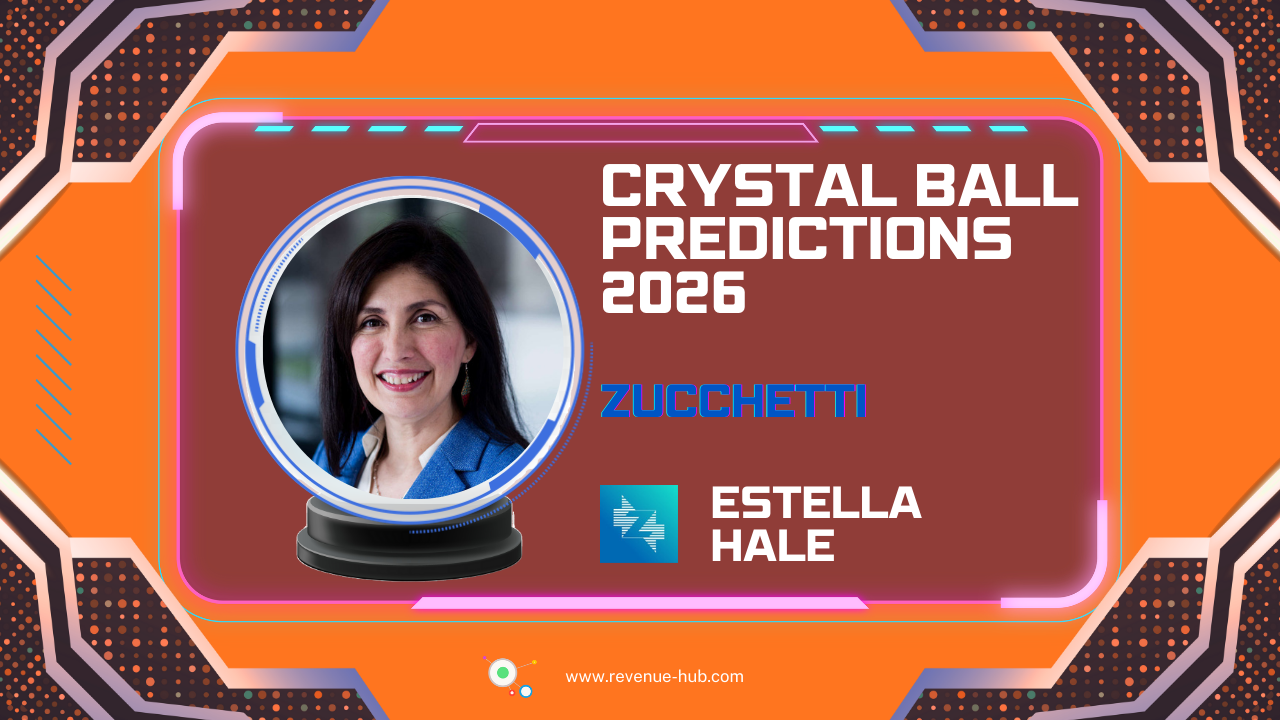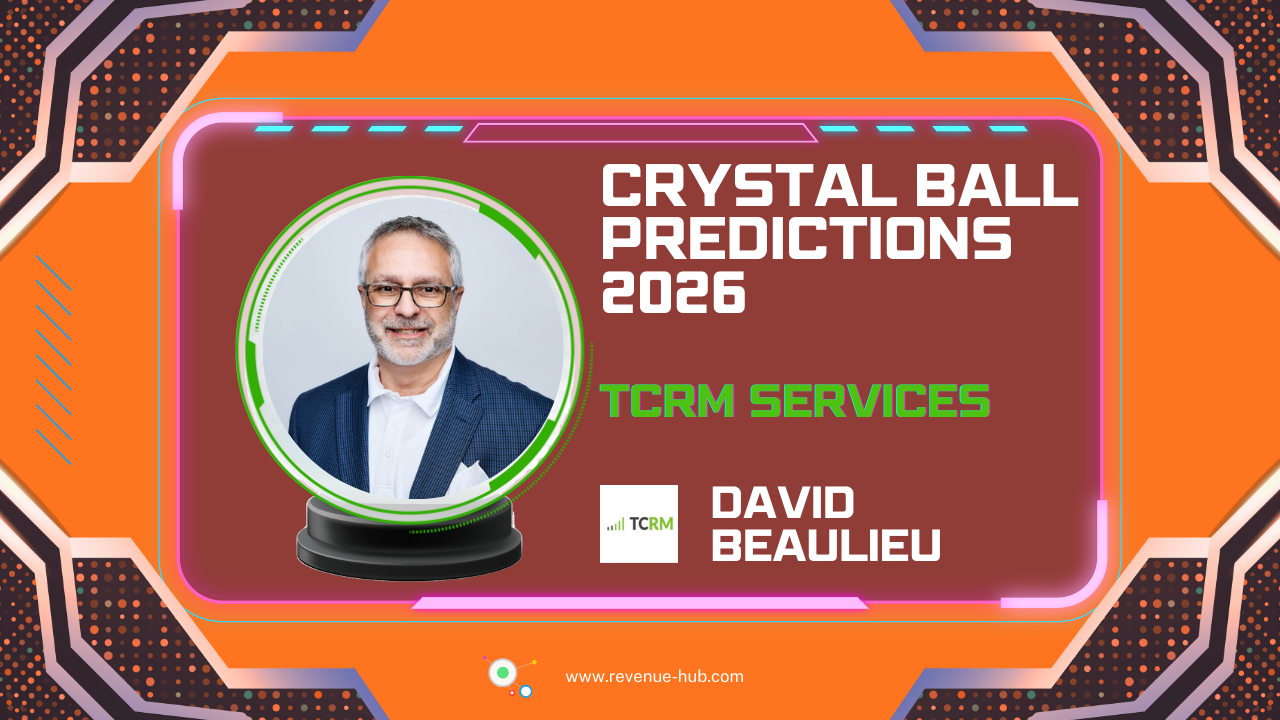Dynamic pricing has long been the crown jewel of hotel revenue management. But as we move deeper into a world defined by volatility, shifting traveler behaviors, and AI-driven automation, the cracks in this once-bulletproof strategy are beginning to show.
NB: This is an article from berner+becker, one of our Expert Partners
Subscribe to our weekly newsletter and stay up to date
The promise of dynamic pricing was simple: let demand dictate price, and let algorithms optimize it. But in reality, many hotels now operate in markets where past demand patterns no longer apply. Major events change with little notice, booking windows shrink, and guests are increasingly savvy – willing to book last minute if they sense price drops are imminent. Dynamic pricing models built on historical data are being outpaced by the speed of real-time market shifts.
Moreover, we’re seeing a widening gap between price and perceived value. Guests don’t care about RevPAR; they care about experience. If price adjustments happen without alignment to service quality, brand, or guest expectations, trust erodes – and so does long-term profitability.
Compounding this, the over-reliance on automation in some cases leads to “black box” pricing decisions. While AI can process signals faster, it lacks the nuanced judgment needed to interpret context: a local competitor closing for renovation or a sudden trend on TikTok can throw off even the smartest systems.
So, what now?
Hotels must rethink their approach by blending dynamic pricing with a more holistic, demand-centered mindset. This means:
Integrating forward-looking signals (e.g., web searches, flight data) instead of only relying on past pick-up
Empowering revenue teams to override or adjust pricing when market conditions shift
Building tighter collaboration between RM, marketing, and operations to ensure pricing matches perceived value
Moving beyond room revenue: how can dynamic pricing extend to F&B, Parking, Spa and other?
Dynamic pricing isn’t dead – but it’s evolving. Hotels that embrace a smarter, more adaptable version of it will outperform those stuck in old models. 2025 and beyond isn’t about pricing more often; it’s about pricing more intelligently.





